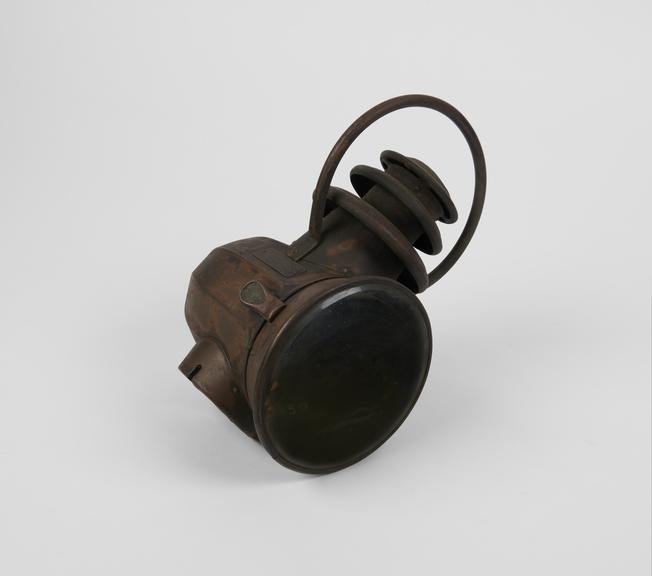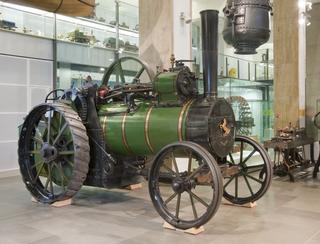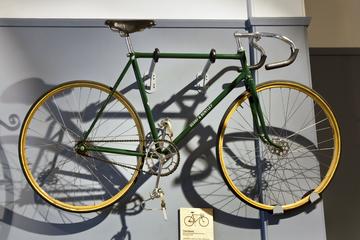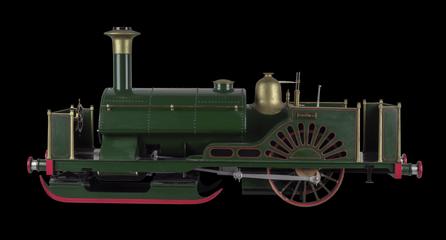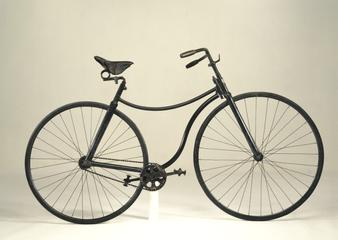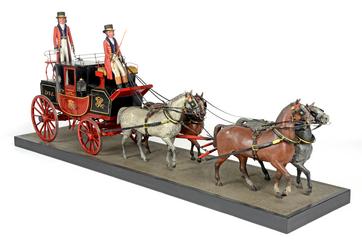
Compressed Air-Transmission Motor Car
Car with experimental compressed air transmission. Made by Professor Hugh Longbourne Callendar in the Physics Department workshops at Imperial College, London. The car is based on a 1906 20hp Model F Stanley steam car. Professor Callendar installed a c1911 Swift, two-cylinder, petrol car engine where the boiler would have been on the original Stanley car. This petrol engine powered an air compressor, providing compressed air to power a 20hp Stanley steam car engine which drove the rear axle. The car is fitted with a Swift radiator and different hood so does not look like a standard Stanley steam car.
More
By using compressed air to power a steam engine which drives the rear axle, Professor H.L. Callendar removed the need for a standard transmission system which includes the clutch and gearbox. Instead of mechanically transmitting the movement from the internal combustion engine to the rear axle, the engine's energy is stored as compressed air. When released using the car's controls, the compressed air expands and moves the steam engine's pistons which cause the rear axle to turn the wheels. The idea was to benefit from the steam car's direct drive to the rear axle and thus lack of transmission, while avoiding the disadvantages of steam power by using an internal combustion engine. The lack of mechanical transmission allowed for greatly simplified controls with just a lever to release air in place of the accelerator, ignition, clutch and gearbox controls in a normal car. It also made acceleration very smooth and the car could achieve a maximum of 30 mph on the flat, but it was quite inefficient and remained an experimental design.
- Measurements:
-
overall: 1720 mm x 1560 mm x 3340 mm,
- Materials:
- metal (unknown) , rubber (unidentified) , textile/ leather , asbestos , wood (unidentified) , glass and hair (animal)
- Object Number:
- 1930-839 Pt1
- type:
- car
- Image ©
- The Board of Trustees of the Science Museum

